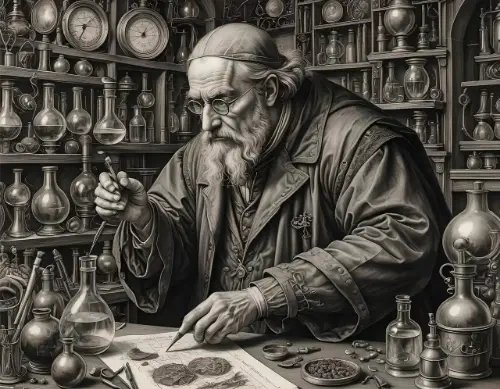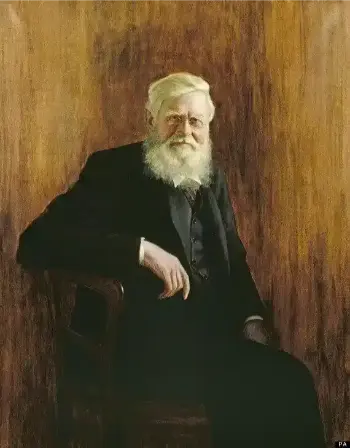

Looking after the environment is important. From habitats of animals, to the reduction of green areas being built on or deforested, we have to play our part in making changes so we can protect the lands we live in. Mother Nature also plays a part, but a lot of the issues we see in today's world (from landslides to flooding) are man-made. Here you can learn about techniques used in today's world, and also the components that interact with it all.
An ecosystem is the sum of all living organisms within a certain area. It is one part of what makes up a biome, and can be split into smaller pieces.
Biodiversity means how many different species are in a selected area. There can be high biodiversities and low biodiversities, depending on the location.
Food chains are a single chain from the producers to the apex predator. Food webs are chains that overlap each other.
If we need to find out a rough estimate of what lives in an area, we can sample the area to count how much of something lives somewhere.
Classification is how we organise every living organism. It includes everything from the species name, to the domain they are classified in.
A part of classification, this is the last two parts of the name we use (usually from Latin language) to identify a genus and species.
When we organise a food web with apex predator, we use a trophic level to show how much energy they need or use.
Find out about how animals evolve and why some animals have become extinct.
We are all different, and so are animals, birds and insects. But why? This is due to variation, which is how we all look different to each other, but also have some similarities.
Animals adapt for various reasons; it could be because of a change in the environment, or just behavioural due to changes in the local habitat.
Extremophiles live in environments that are mostly inhospitable for other animals. This can include places with extreme heat, cold or moisture.
Animals compete. It can be for food, territory, or sometimes just because they don't like their neighours.
Fossils are what remains of a bone structure, replaced with minerals and stone. Their records show us behaviour and places that dinosaurs lived in.
Find out how the water cycle works, and why it is important for us to survive, and also where water goes if there's too much.
The carbon cycle is tied in with what pollution (in form of carbon dioxide) we create, and how this is processed by plants, and more.
How much carbon do you use daily, weekly, monthly, or yearly? You can find out what it is and what can be done to reduce it.
A carbon sink is a place where carbon can go to be removed from the atmosphere. There are natural ways of doing this, as well as man-made methods.
A peat bog is a moist, humid area of land that can keep things from decaying a lot longer than if they were out in the air.
Deforestation happens all over the world, and it is the result of using the land for other purpose, as well as for making paper and wood for construction.
Learn about different techniques used when farming, and how they can benefit us by doing certain methods.
How having enough food to feed everyone constantly is a major worry for government officials, and here is how you can find out about what we do to maintain security.
What we can do to be more sustainable in our every day lives, and what larger companies are doing to help us along the way.
What companies are doing to maintain the amount of waste we produce, and what new technologies are coming through to make it more effective.
Recycling is a way to reduce the amount of waste we produce, by reusing items or using recyclable materials.
How global warming is affecting our planet, and steps we can take to change that effect.
What pollution is, and how it can affect things like global warming and climate change.


Charles Darwin was a naturist that made us understand the evolution and origin of species.

A Swedish naturist, Carl Linnaeus set up taxonomy (classification), whereby he named everything that was natural in a system.

A British naturist, Wallace depicted an imaginary line that shows evolution between two distinct types of biome.
"The only true wisdom is in knowing you know nothing."